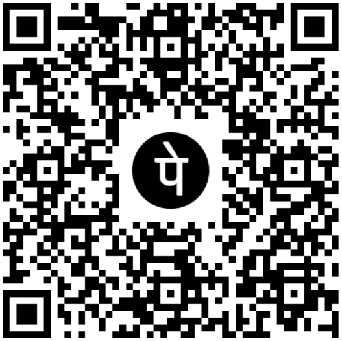Read more
5 Big Myths About AI Everyone Still Believes in 2025
Let's expose the top 5 AI myths that people continue to believe and swap them out for the real deal
Myth #1: AI Will Replace All Human Jobs
The Belief:
AI is coming for every job — and soon, robots will take over the workforce.
The Reality:
Yes, AI is transforming industries. But it’s not replacing all jobs — it's reshaping them. In fact, AI often automates repetitive tasks, allowing humans to focus on creativity, strategy, and emotional intelligence.
🔧 Example: AI tools can draft emails, but they can’t build long-term relationships with clients or lead creative brainstorming sessions.
The Truth:
AI augments human work more than it replaces it. Expect collaboration, not domination.
Myth #2: “AI Can Think and Feel Like Humans”
The Belief:
Thanks to sci-fi movies and chatbots like ChatGPT, many people assume AI has emotions or self-awareness.
The Reality:
AI mimics human language and behavior through complex algorithms, but it doesn’t understand or feel anything. It doesn’t have consciousness, empathy, or opinions — it’s just predicting outcomes based on data.
💡 Think of it like: AI is a mirror — it reflects what it's trained on, not what it “feels.”
The Truth:
AI is intelligent but not sentient. It’s a tool — not a person
Myth #3: “AI Is Always Objective and Unbiased”
The Belief:
Because it runs on data, AI must be fair, neutral, and free of human bias, right?
The Reality:
Wrong. AI learns from human-created data, which often contains existing societal biases. If you feed AI biased data, it will produce biased results — sometimes on a massive scale.
📉 Example: Facial recognition systems have shown racial and gender biases due to skewed training datasets.
The Truth:
AI is only as unbiased as the data it’s trained on. Ethical AI development is still a major challenge.
Myth #4: “You Need to Be a Genius to Work with AI”
The Belief:
Only PhDs in computer science or math wizards can understand or build AI.
The Reality:
In 2025, AI tools are more accessible than ever. You don’t need to code to use AI — platforms like ChatGPT, Canva AI, or even AI-driven video editors are user-friendly and beginner-friendly.
👨💻 Example: Marketers, designers, teachers, and even small business owners are now leveraging AI without writing a single line of code.
The Truth:
AI is for everyone — and the barrier to entry is lower than ever.
Myth #5: “AI Knows Everything and Is Always Right
The Belief:
Because AI provides fast and confident answers, people assume it's always accurate.
The Reality:
AI models can be wrong, outdated, or even hallucinate (generate false information confidently). They’re based on patterns and probabilities, not verified facts or real-time understanding.
⚠️ Example: Chatbots sometimes provide outdated facts if not connected to live data. AI image generators may distort reality.
The Truth:
AI is a powerful assistant — not an all-knowing oracle. Always fact-check.
Final Thoughts: Don’t Believe the Hype (or the Horror)
AI is incredible — but it’s not magic, and it’s definitely not evil. The best way to benefit from AI in 2025 is to stay informed, curious, and critical.
Let go of the myths, and you’ll unlock the real power of AI.
Bonus: What You Should Believe About AI in 2025
-
It’s a game-changer across industries.
-
It requires ethical use and human oversight.
-
You don’t need to fear it — you need to learn it.
Job
Interview Preparation (Soft Skills Questions & Answers)
Tough Open-Ended Job Interview
Questions
What to Wear for Best Job
Interview Attire
Job Interview Question- What
are You Passionate About?
How to Prepare for a Job
Promotion Interview
Stay connected even when you’re apart
Join our WhatsApp Channel – Get discount offers
500+ Free Certification Exam Practice Question and Answers
Your FREE eLEARNING Courses (Click Here)
Internships, Freelance and Full-Time Work opportunities
Join Internships and Referral Program (click for details)
Work as Freelancer or Full-Time Employee (click for details)
Flexible Class Options




0 Reviews